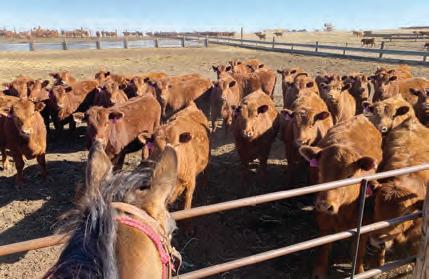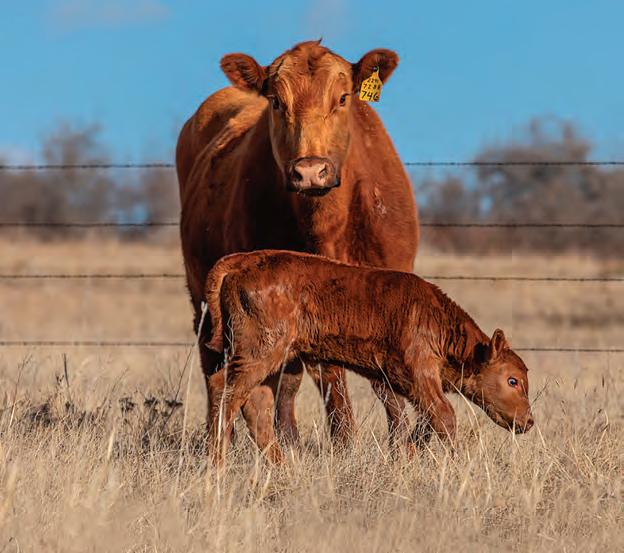
9 minute read
Data in a Genetic Evaluation – Part 1: Pedigree
By Ryan Boldt, Director of Breed Improvement This article will be the first in a threepart series about different data types that are used in a genetic evaluation and the importance of each. For this article, the focus will be on pedigree information and why this is important in EPD calculations. This will also include some historical information, as well as how this data is incorporated into the evaluation currently.
When EPDs were first being developed, they started as within-herd estimates of genetic merit. The reason being twofold: 1) the computers that were available at the time were not able to include all the pedigree relationships among animals and 2) historically, herds were not well connected to one another. The advent and increased use of AI in the seedstock industry allowed for more comparisons to be made, which in turn led to more sires being used in multiple herds, thus linking the herds together.
The original models used in genetic evaluation were known as sire models that related observations to sires and fit additive relationships among sires. One disadvantage to this approach was that only animals that were used as sires were able to receive EPD values. To overcome this problem, technology advanced to create a methodology that allows for the fitting of relationships of all animals in the pedigree. This type of model is known as an animal model, and this is still the basis and type of model that is used for genetic evaluation today.
In the genetic evaluation, the pedigree is important because it allows for the connection of data and information among animals. There are traits that have genetic evaluations conducted in which the phenotypes can only be recorded on one sex, like heifer pregnancy. In these situations, since bulls don’t have phenotypes that can be submitted, the evaluation relies on their relationships to females that have this information recorded to produce EPDs for those traits. Based on pedigree data alone, there are standard relationships that are fit based on this pedigree information. Figure 1 illustrates the relationships that are assumed among different individuals.
The figure shows that as the number of generations increase, the average relationships between the individuals decrease. However, by using these relationships genetic evaluations can harness much more information on relatives of an individual to calculate the EPD values, thus allowing the EPDs to be more accurate for each individual because more information is available to make the prediction.
Technology for increasing pedigree accuracy has also improved over time, specifically in the form of DNA parentage tests. These tests are now commonly run on animals’ DNA to help confirm that the pedigree is correct. The RAAA also has in its rules that any sire of a registered animal must have been confirmed to his sire before calves can be registered. This rule allows for accurate pedigree information and improves the genetic evaluation overall. This technology has been embraced by Red Angus seedstock members as the percentage of non-parent animals that have DNA submitted for parentage testing increased 160% from 2015 to 2020. This increase in use of the technology has continued to pay increased dividends for improving the accuracy of EPD information. In this example the larger percentage increase was for bulls, showing that the RAAA seedstock producers are committed to providing the best information to their commercial customers.
The inclusion of pedigree information is vital to genetic evaluation. It allows for the identification of different animals, as well as helps link multiple sources of data to each animal’s EPD calculation. By doing this, it allows for EPD information that is comparable across the entire Red Angus population to allow for comparisons to be made across herds. In the next part of this series, the importance of phenotypic data collection and submission will be discussed. //
Grand Progeny 0.25
Progeny 0.5
Individual 1.0
Sire 0.5 Dam 0.5
Paternal Grand Sire 0.25 Paternal Grand Dam 0.25 Maternal Grand Sire 0.25 Maternal Grand Dam 0.25
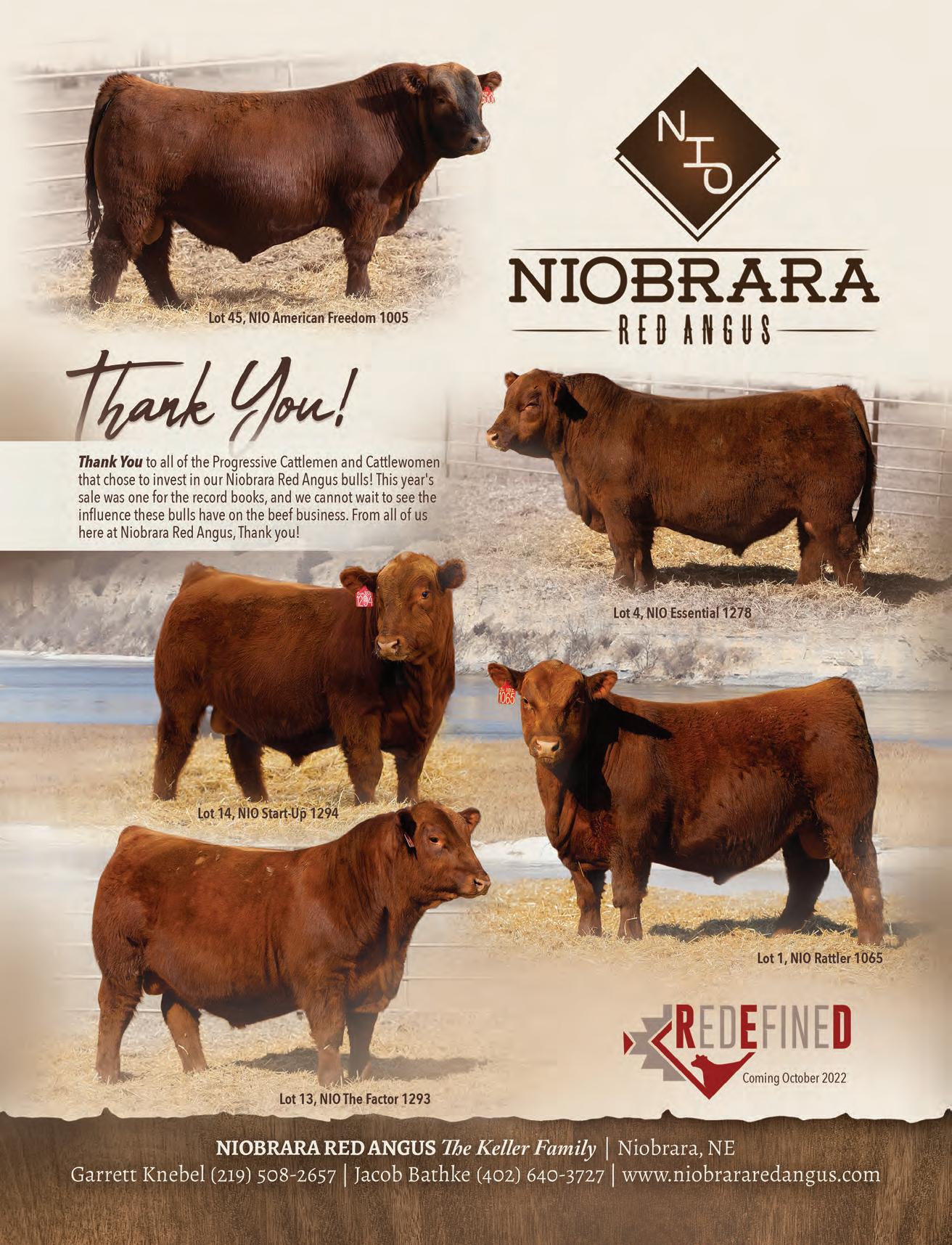
Official Social Media Sites for the JRA Website: www.redangus.org/jra Facebook: Junior Red Angus Association Instagram: @juniorredangus Common Hashtags: #jra #redangus
Build Your Junior Program with Communication

By Kim Heller, RAAA Director of Education and Junior Programs
It is instrumental to keep your state or regional association updated on current and upcoming events. Here are some ways you can stay connected with your members at a state or regional level:
Website
Although creating a website involves the most work, it can be very effective for relaying information to membership. A website is often the first thing a member or potential member would search for and can display much more content compared to social media. Use your social media outlets to drive viewers back to the website for the information.
Use the power of social networking to connect and promote your association. Create a Facebook page using the following link: facebook.com/pages/ create • Post at least twice a week or as often as you can to ensure consistent, effective communication. • Use photos or videos to grab reader attention as well as maximize the algorithms used by Facebook. • Create content that people will Like and/or Share which expands your reach. • Have multiple Admins and/or Editors to allow additional people to post as the association. • Tag JRA board members and state junior leaders in the posts to expand their reach.
Instagram is great for posting pictures and quick text reminders and tends to cater better to a younger audience who may not be as active on Facebook.
To start using Instagram: Download the Instagram app for iOS from the App Store, Android from Google Play Store or Windows Phone from the Windows Phone Store. • Instagram can be viewed and posted to from both a computer and a mobile device. • Use hashtags to increase the chances of your posts reaching viewers. • Post content that will grab the attention of viewers as they quickly scroll through their feed.
Blog
Blogs are an opportunity to build relationships through stories, pictures, recipes, and more. Blogger.com is integrated with Google and is quite easy to use to create and manage a blog. • Use variety in your posts to create interest in more of your readers. • Link your blog to auto-post to your
Facebook page.
Electronic Newsletter
Sending out an electronic newsletter with updates and current events is a great way to reach the membership. Short enough to scan through and at the convenience of their email inbox, this form of communication is easily accessible. Once a month is likely often enough to send out a newsletter. Mailchimp.com offers free services with easy drag and drop content creation. • This requires an up-to-date email contact for members; you’ll want to continually update the list. • Use the newsletter to direct people to your website for forms and information.
Mailed Newsletter
Sending out a newsletter physically through the mail annually or biannually can potentially have a greater impact since a member is able to see a tangible copy and may hold onto it for an extended period of time. Not to mention, email can sometimes be tricky with spam filters and other technical difficulties. • Newsletter templates exist in
Microsoft Word and Publisher that allow you to easily create a professional looking document.
General Tips
• Engage junior members to assist in creating content for member communication. Have them take photos, write stories, create posts, etc.
The JRA board of directors can be a resource to you as you seek to improve your Member Communication. Contact information for the board can be found at https://redangus.org/jra. //
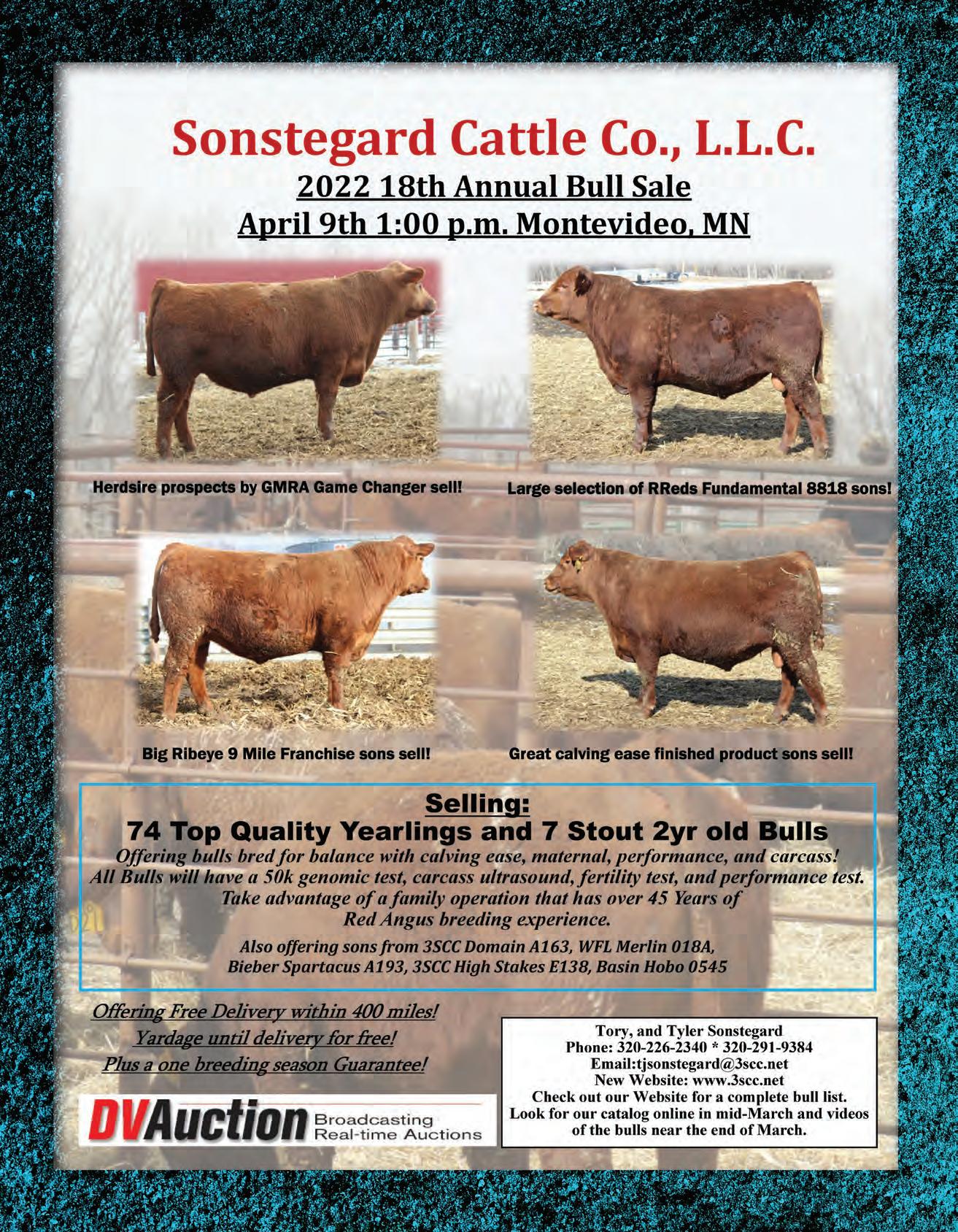
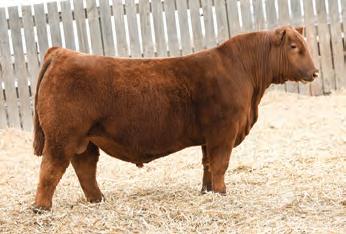





TMAS MULBERRY9918 1944J ET
Reg: 4503817 | Sire: ERKS MULBERRY 9918 MGS: RED U2 MISSION 61W
TMAS TRUMP 1967J ET
Reg: 4503837 | Sire: DAMAR TRUMP C512 MGS: RED WHEEL ALLIANCE 22U
TMAS FIRESTORM 1705J ET
Reg: 4503803 | Sire: PZC TMAS FIRESTORM 1800 ET MGS: RED WHEEL ALLIANCE 22U

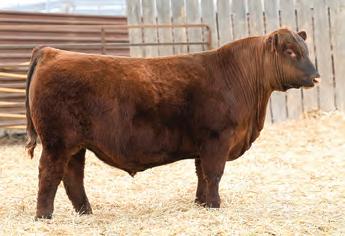
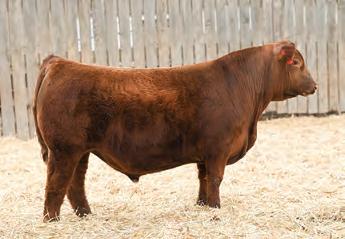
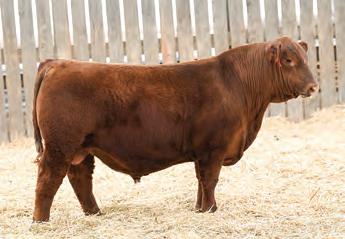



TMAS FIRESTORM 1947J ET Reg: 4503823 | Sire: PZC TMAS FIRESTORM 1800 ET MGS: RED WHEEL ALLIANCE 22U
TMAS MULBERRY9918 105J Reg: 4503789 | Sire: ERKS MULBERRY 9918 MGS: DAMAR NEXT D852
TMAS PREACHER 1956J ET Reg: 4503835 | Sire: TMAS PREACHER 906G MGS: SILVEIRAS MISSION NEXUS 1378
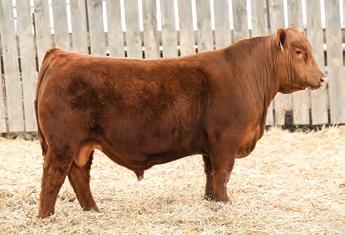
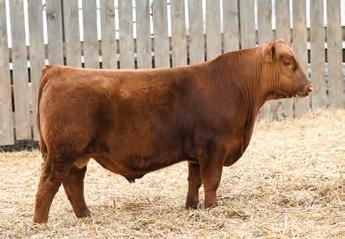
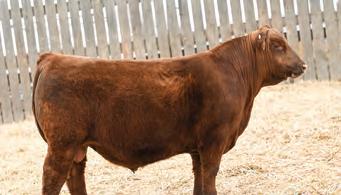
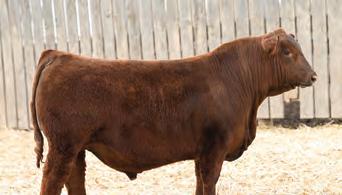
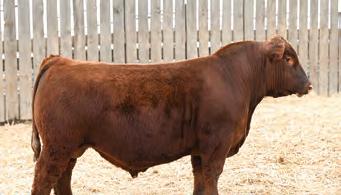
TMAS TRUMP 107J TMAS TRUMP 107J
Reg: 4503797 | Sire: DAMAR TRUMP C512 Reg: 4503797 | Sire: DAMAR TRUMP C512 MGS: BIEBER ROLLIN DEEP Y118 MGS: BIEBER ROLLIN DEEP Y118
TMAS POWEREYE 1948J ET TMAS POWEREYE 1948J ET
Reg: 4503825 | Sire: RED SOO LINE POWER EYE 161X Reg: 4503825 | Sire: RED SOO LINE POWER EYE 161X MGS: RED WHEEL ALLIANCE 22U MGS: RED WHEEL ALLIANCE 22U
1BBC RUSTY 136 1BBC RUSTY 136
Reg: 4516701 | Sire: RUST VARSITY BLUES 35G Reg: 4516701 | Sire: RUST VARSITY BLUES 35G MGS: RUST REDEMPTION 78C MGS: RUST REDEMPTION 78C 250+ Bulls and 100+Heifers Sell
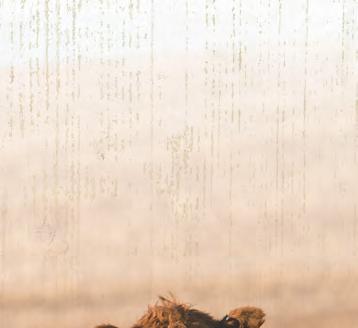


ANGUS, RED ANGUS, CHAROLAIS, SIMMENTAL, & SIMANGUS
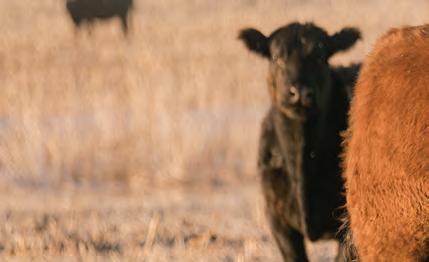
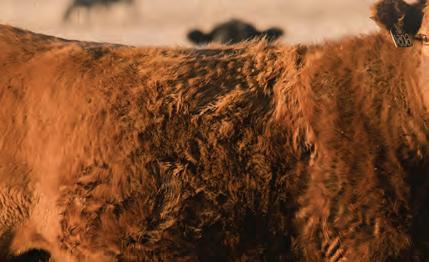
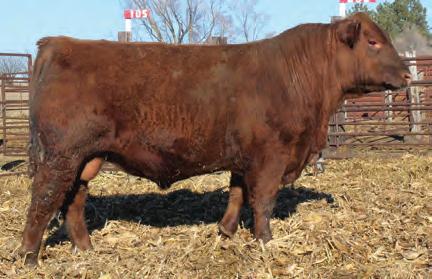
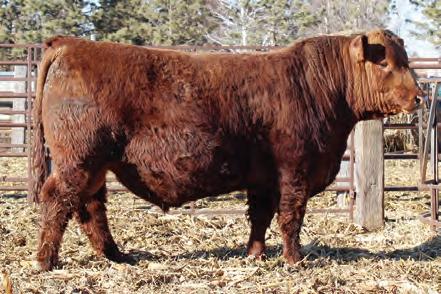
Gills Profitbuilder 0050 Gills Let’s Roll 1002
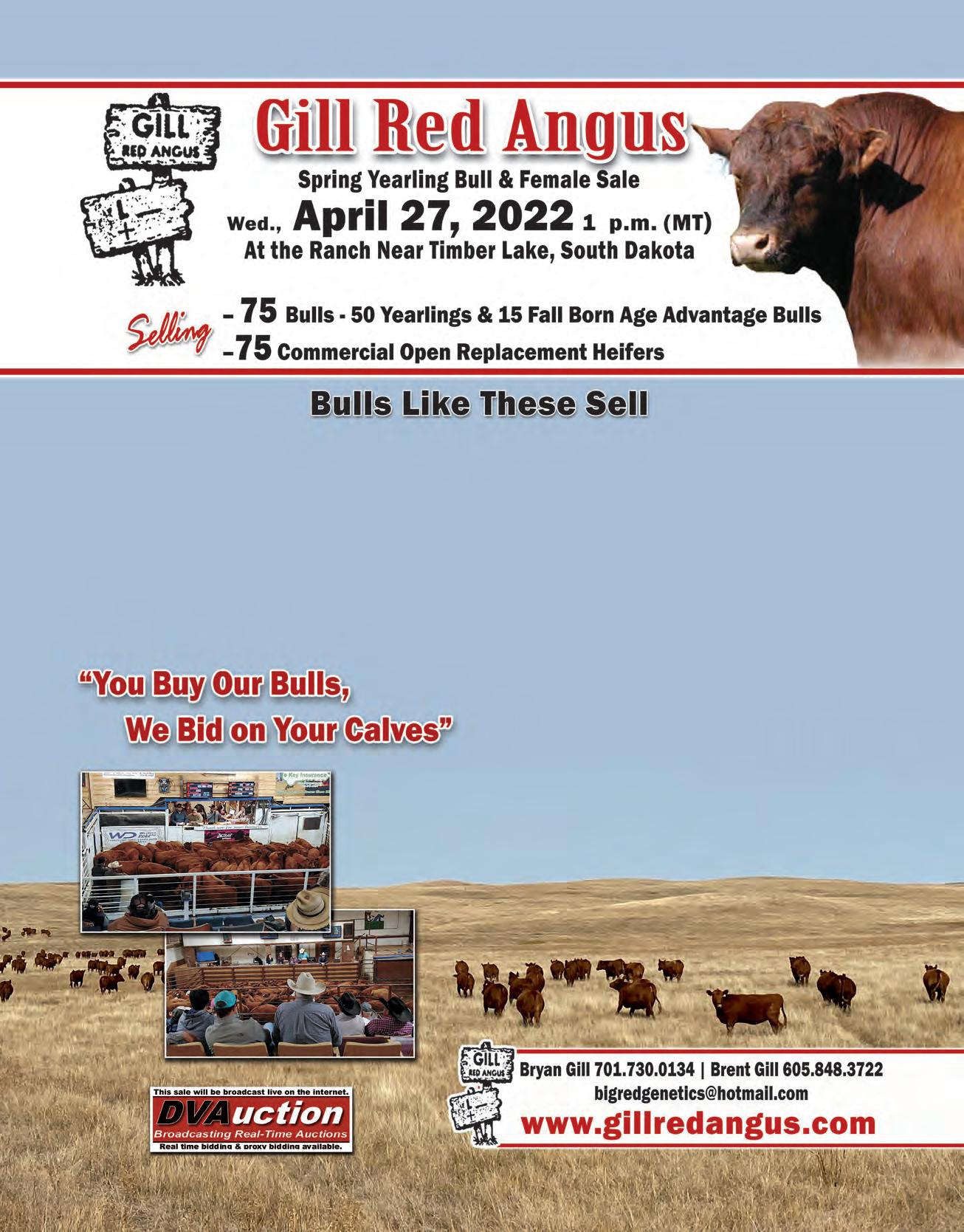
Commercial Replacement Heifers
